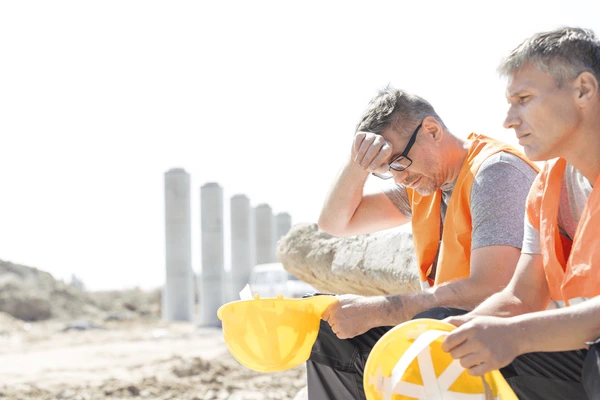Introduction
In the relentless and unforgiving Australian climate, protecting workers from heat stress is not just a matter of compliance, but a pivotal aspect of workforce welfare and productivity. As a health and safety professional with extensive experience, I’ve witnessed the profound impact heat stress can have on workers across various industries. This article delves into practical strategies and innovative approaches to mitigate heat stress, underlining the importance of proactive health and safety measures in Australian workplaces.
Understanding Heat Stress
Definition and Causes
Heat stress occurs when the body’s means of controlling its internal temperature starts to fail. In Australia’s often extreme temperatures, especially during summer, outdoor workers are particularly susceptible. Factors contributing to heat stress include high temperature and humidity, direct sun exposure, limited air movement, and physical exertion.
Recognizing the Symptoms
Symptoms of heat stress range from mild, such as heat rash and heat cramps, to severe, like heat exhaustion and heat stroke. Identifying these signs early is crucial to prevent escalation and ensure worker safety.
Legal Framework and Standards in Australia
Australia’s work health and safety laws mandate employers to provide a safe work environment, which includes protecting workers from heat stress. The Safe Work Australia provides guidelines, but it’s up to individual workplaces to implement specific measures tailored to their environment.
Risk Assessment and Management
Conducting a Risk Assessment
The first step in managing heat stress is to conduct a thorough risk assessment. This involves identifying potential heat hazards, evaluating the risks, and implementing control measures.
Control Measures
Control measures can be classified into three categories: engineering controls, administrative controls, and personal protective equipment (PPE).
Engineering Controls
These include modifying the work environment to reduce exposure to heat, such as using air conditioning, increasing ventilation, and providing shaded areas.
Administrative Controls
These involve changing work practices and policies to reduce the risk of heat stress. Examples include scheduling work at cooler times of the day, mandating frequent breaks, and ensuring workers are properly hydrated.
Personal Protective Equipment
PPE like cooling vests, hats, and UV-protective clothing can significantly reduce the risk of heat stress.
Training and Awareness
Educating workers about the risks of heat stress and training them to recognize and respond to its symptoms are vital. Regular safety meetings and training sessions should be conducted, especially before the onset of hot seasons.
Solutions and Best Practices
Hydration Technologies
Advanced hydration solutions, like electrolyte-infused drinks, are proving effective in managing heat stress.
Work-Rest Schedules
Implementing work-rest schedules, tailored to the intensity of the heat and physical demands of the job, helps in mitigating heat stress risks.
Monitoring Technologies
Wearable technology that monitors vital signs can alert workers and supervisors to early signs of heat stress.
Conclusion
Protecting workers from heat stress is a dynamic and ongoing challenge, especially in Australia’s harsh climate. Employers must take a proactive approach, utilizing a combination of strategies to ensure the safety and well-being of their workforce.
If you would like to know more or would like our assistance in the areas mentioned check us out at www.intrinsicsafety.com.au. Alternately, call us on 1300 990 336 or email us at in**@*****************om.au


